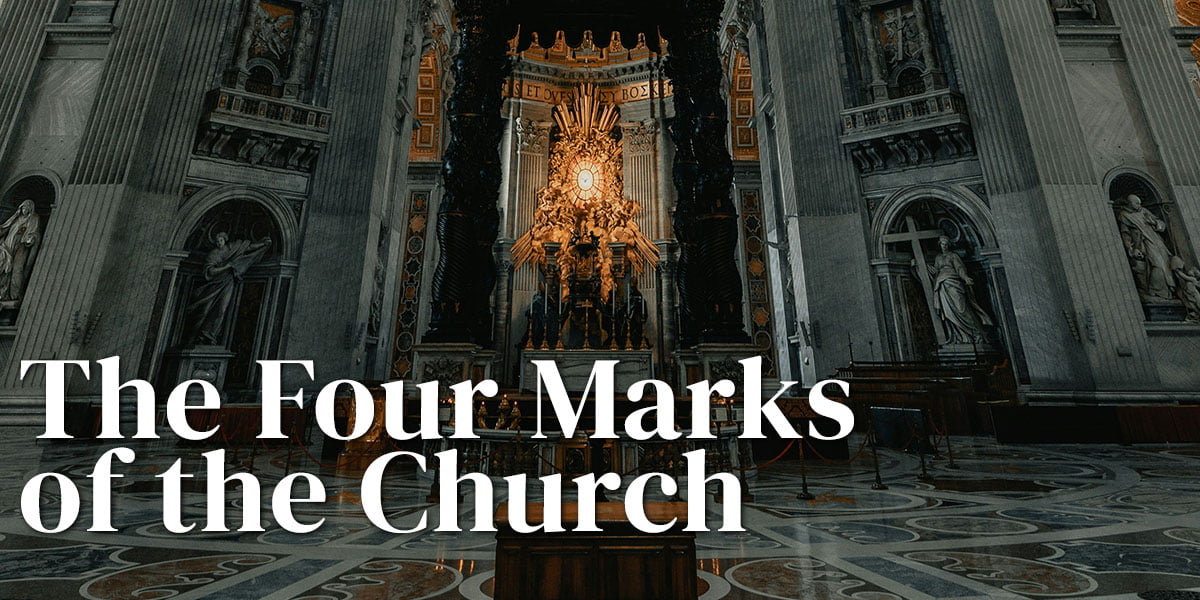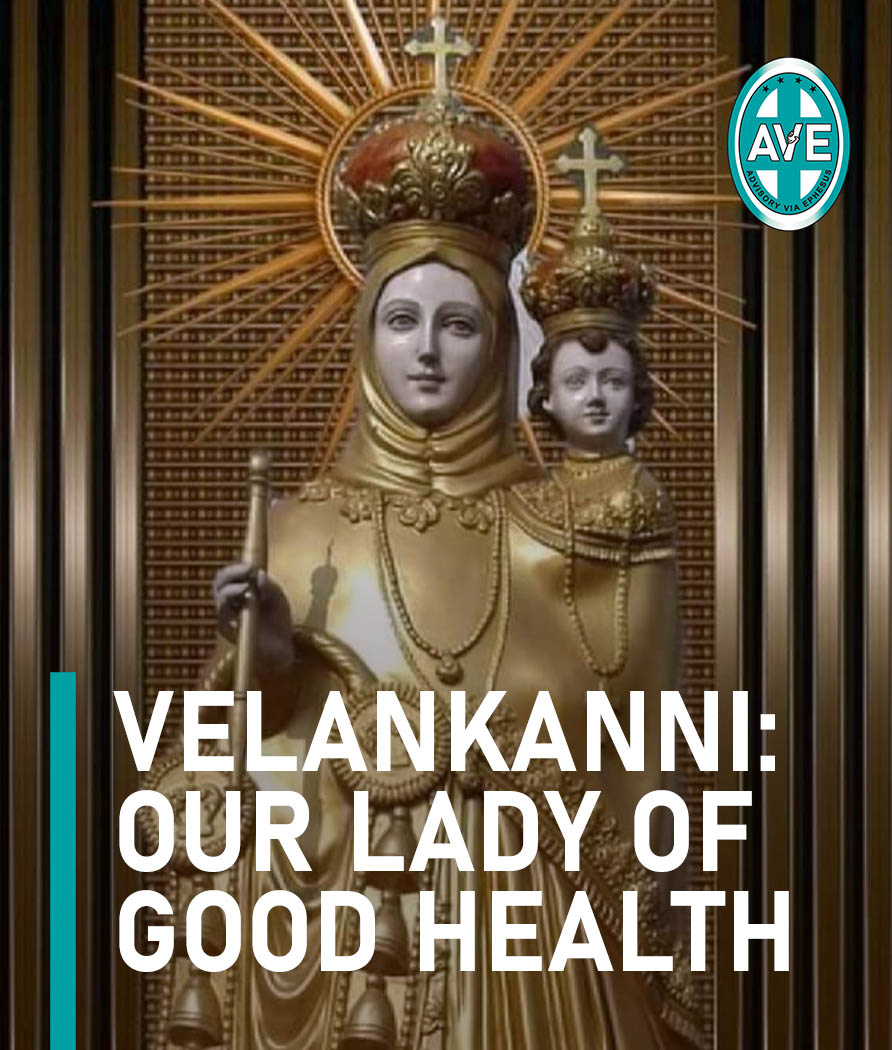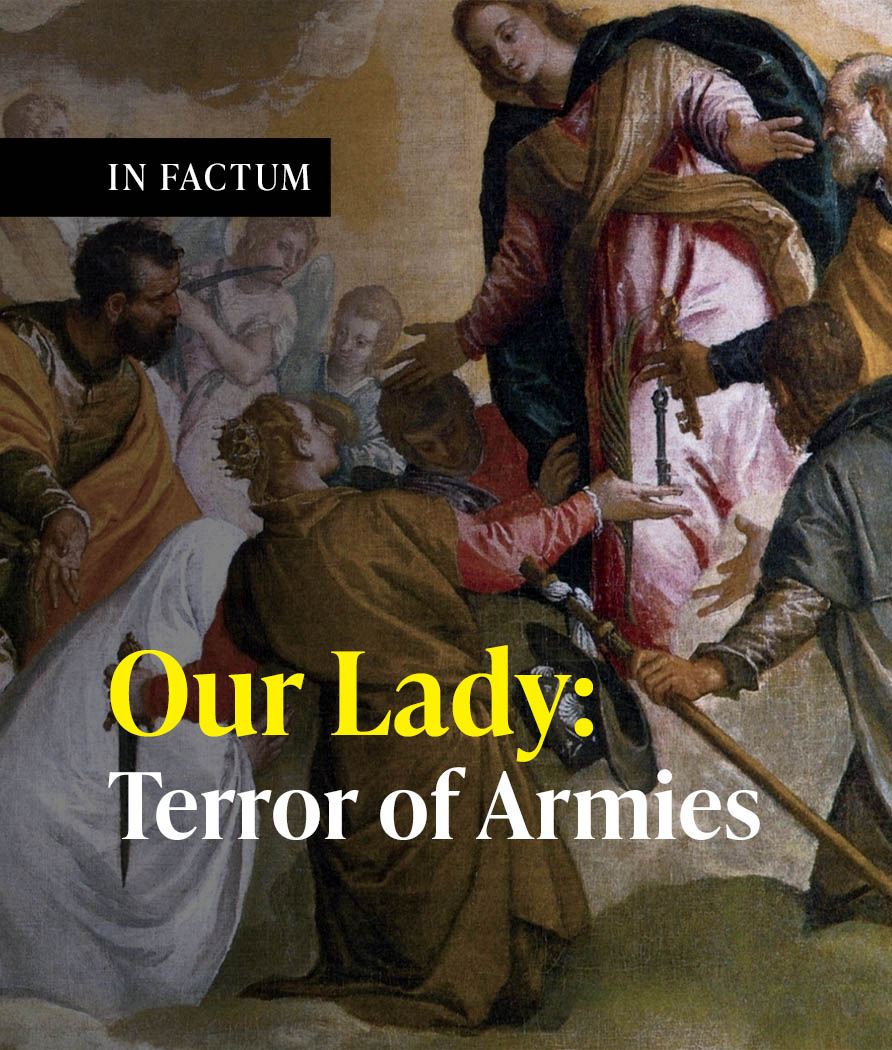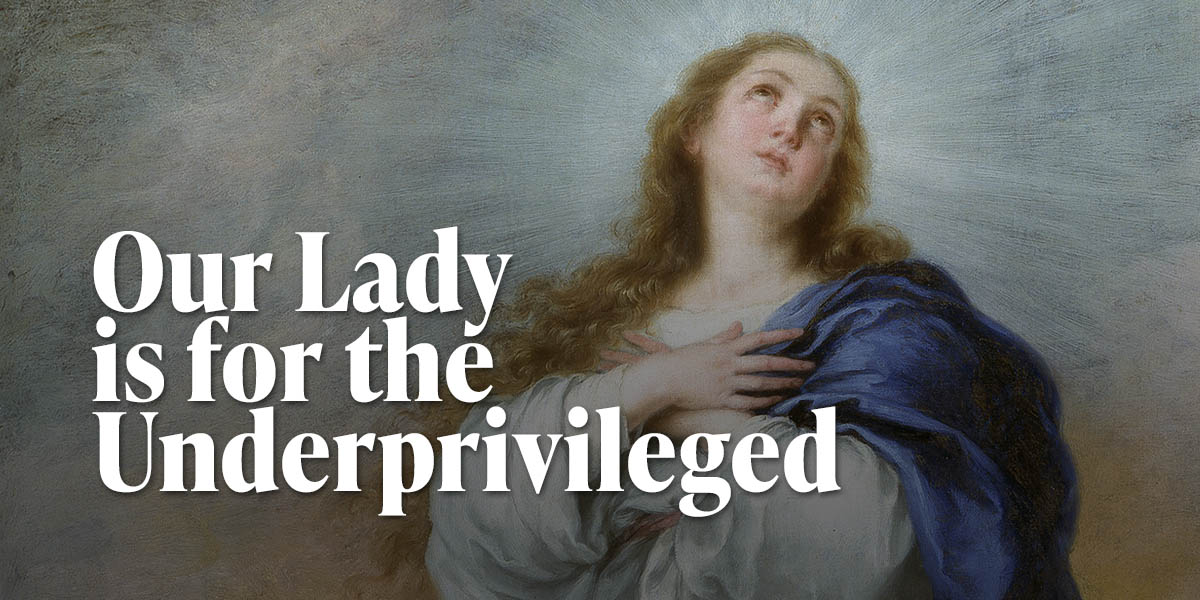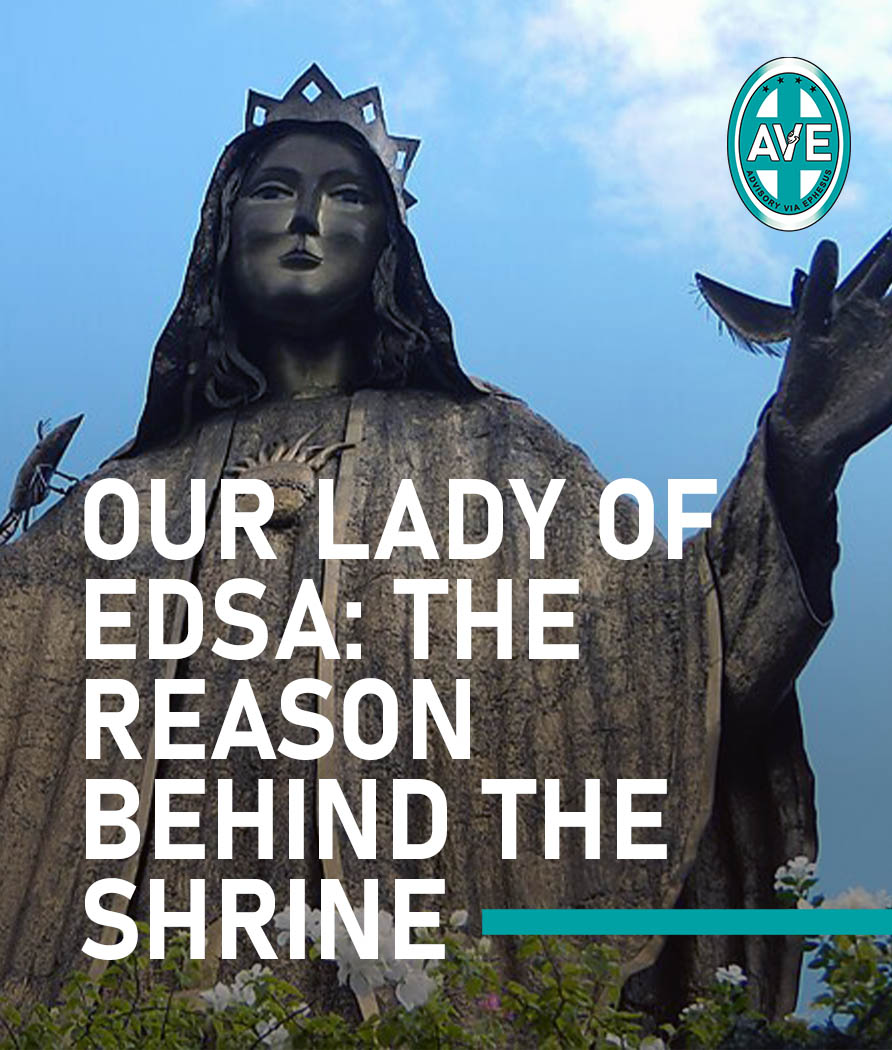The Holy Rosary is the most commonly used prayer of Catholics in the world. It comes in second to the Holy Mass. During prayer, one would use rosary beads with a Crucifix while kneeling in front of the altar in church, chapel, or at home. Prayer was often led by a priest, deacon, nun, lay people in church, or any family member at home.





